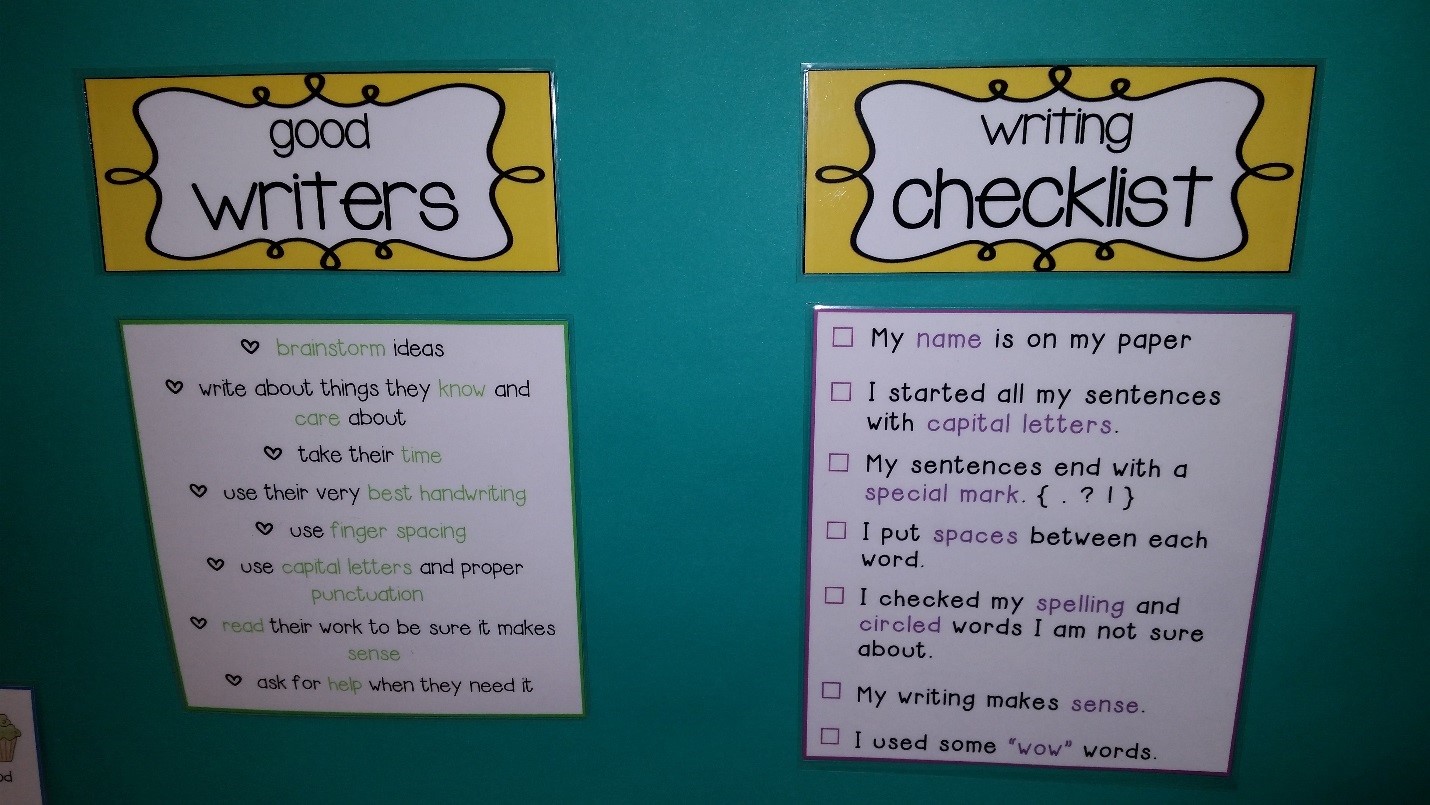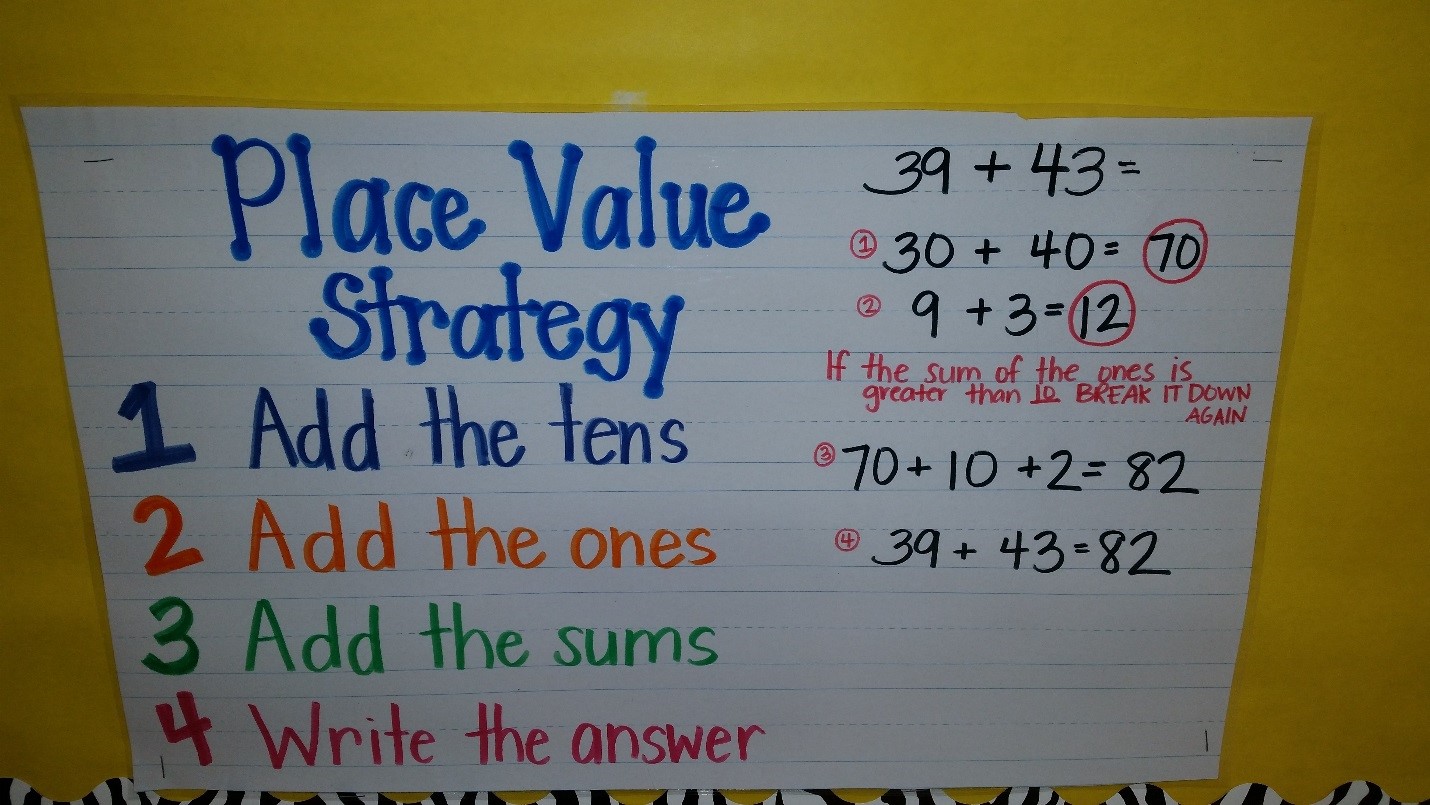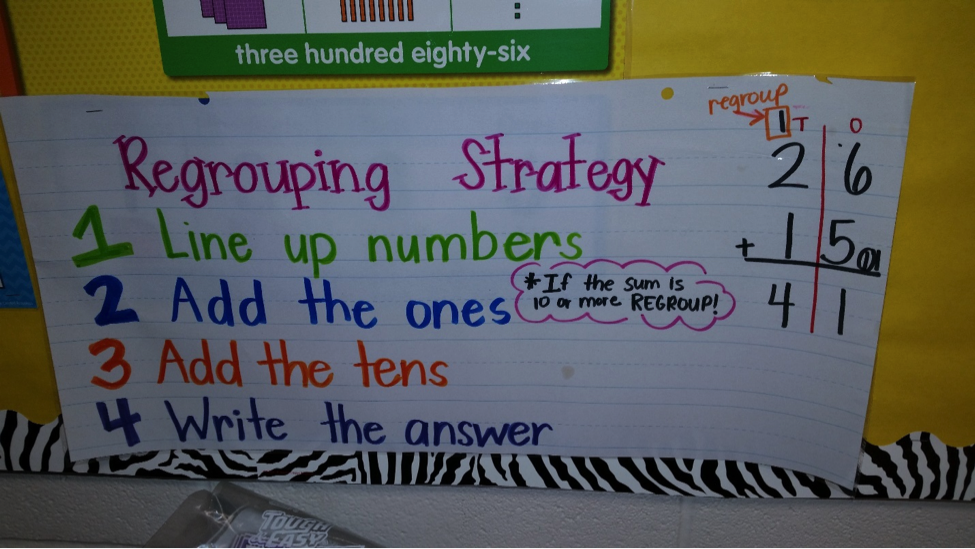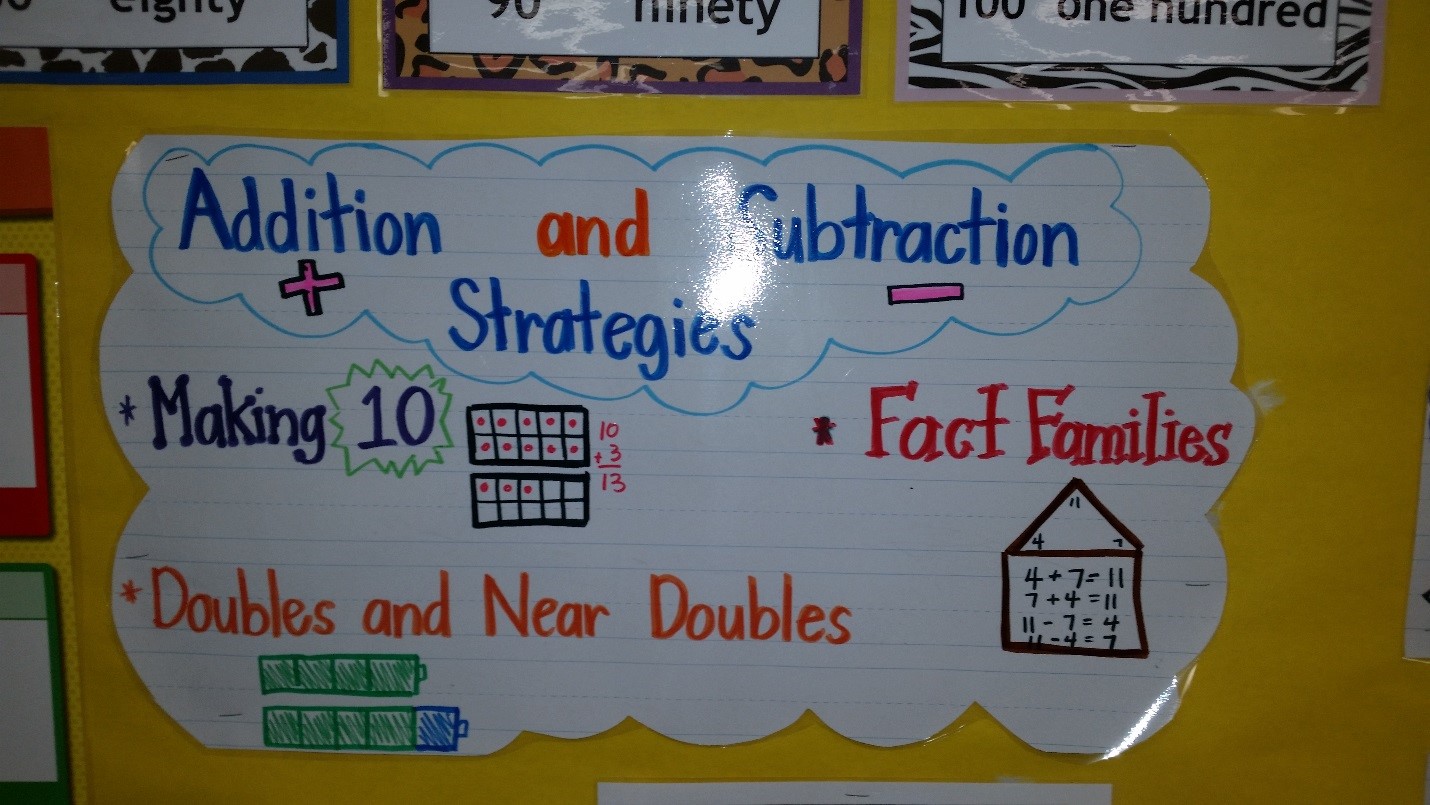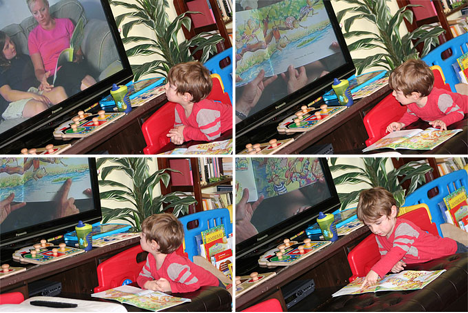Using a Checklist & Self Evaluation to Avoid Behavioral Difficulties
Since the inception of this blog, we have explored a variety of specific strategies. I encourage all educators and parents to be creative, and mix and match to best meet the individual needs of your child and/or student. In a previous blog, we learned that mini-maps can help to prevent behavioral difficulties related to academic tasks.

Often, teachers note that a common antecedent or trigger to behavioral difficulties is the presentation of academic tasks.
The behaviors can range from a verbal protest to a meltdown when students feel overwhelmed by school work. The first question to ask, of course, is what is there about the work that makes the student feel so overwhelmed? Does the page look too busy? Is too much handwriting involved? Are there too many problems? Is it too difficult or too easy?Continue Reading
The Education (K-12) Blogs and Special Ed Q & A are written and maintained weekly by Lisa Rogers with Educating Diverse Learners. Lisa received her M.A. in Special Education with an endorsement in the area of individuals with severe disabilities. Mrs. Rogers has also created products that have been used throughout the state of Texas for training purposes. Through the Association for Texas Professional Educators [ATPE], Ms. Rogers has produced an online course that targets the importance of visual strategies for student with autism spectrum disorders and just released her highly anticipated book titled: Visual Supports for Visual Thinkers.



